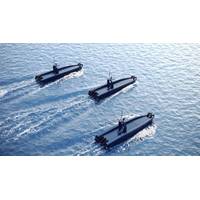
Metal Shark Debuts Prowler Autonomous Vessel and Frenzy Micro-USV
;s decks are near the waterline, with only the vessel’s arch-style communications mast visible above the water. Semi-submersion reduces Prowler’s operational profile while also improving stability for sensors, surveillance and weapons systems.Prowler’s mast carries an array of communications equipment and a situational awareness ensemble for autonomous or remote operation, and can be equipped with port and starboard launch tubes for the deployment of loitering smart drones or other weapons. The mast also serves as the air intake for Prowler’s diesel engine. A lithium-ion battery

PTS Gains ATEX Certification for Test Pumps
, the PTS specializes in rental, sales and calibration of equipment to the energy industry from its base in Denmore Industrial Estate, Bridge of Don.The company focuses on five key niche specialist areas: Pressure test equipment and instrumentation rental; hazardous area equipment rental; radio communications equipment; flushing units, and the supply of hydraulic and pneumatic products
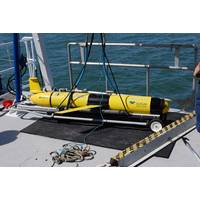
Oil Spill Detection: Remote Sensing Equipment Tested
The latest in satellite, airborne and in-water surveillance and communications equipment were recently put to work off the coast of England for an exercise aiming to determine how remote sensing technologies can help identify and monitor oil spills at sea more effectively. The exercise took place on June 13, 2017 in open sea off the southern coast of England, showcased through Oil Spill Response Ltd.’s (OSRL) Southampton-based Visualization Center, which provided a ‘Common Operating Picture’, integrating data from each of the technology partner’s equipment as well as
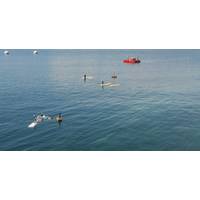
JANUS: First Digital Underwater Communication Standard
in the last years by CMRE on board the NATO Research Vessel Alliance, and using the innovative CMRE Littoral Ocean Observatory Network (LOON), which facilitates experimentation of marine robots’ mission-base teams by creating a monitoring acoustic network with tripods of underwater communications equipment sitting on the seabed but accessible by users across the world via web.
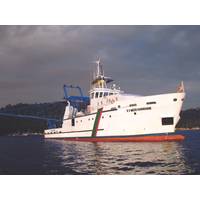
FRV for Bangladesh
;tz selected for the autopilot and GPS; Hapcon for the bridge navigation watch alarm system; and Haiyang for the AIS. Furuno also supplied a color scanning sonar and Doppler current indicator, while a Samyung unit was specified for the net recorder. The only exceptions to the use of Furuno communications equipment are the SARTs (Samyung) and EPIRB (McMurdo). A four camera HKVision CCTV system is also fitted. Outside on the forecastle deck are the hydrographic winch and associated control station, plus a 4.2m Hwayan rigid inflatable work/rescue boat and associated davit. Meen Shandhani is
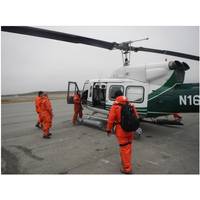
USCG Evaluates Comms Equipment in Alaska
Coast Guard Research and Development Center evaluates state-of-the-art communications equipment and Next Generation Incident Command System in Alaska At nearly 663,000 square miles, Alaska is the biggest state in the United States and over twice the size of Texas. The state’s size and the remoteness of its northern communities make emergency response challenging. In response to growing economic and tourism interests in the Arctic, Coast Guard District 17, Alaska Command and the State of Alaska and other state and federal partners will conduct a mass rescue exercise called Operation
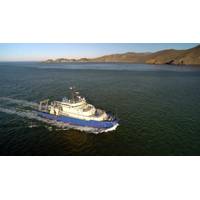
Research Vessel Neil Armstrong Joins WHOI Fleet
equipment overboard offers a step up in safety, with fewer people needed to handle lines in rough weather, but it has more moving parts and more delicate electronics that must operate flawlessly time and again while at sea. The same is true of the ship’s staggering array of sensors, communications equipment, propulsion, and monitoring systems. These modern advances offer researchers the ability to learn more about how the ocean works and how it affects us on shore—at a time when rapidly occurring changes on our planet demand our greater attention. “New technology like this

Silver Ships Delivers Survey Vessel to USACE
Mylar shades, hydraulic/suspension seating for a crew of two plus a dinette settee for four. Forward cabin accommodations include an enclosed berthing area for four, Magna Germ Type 2 marine sanitation system with private head, shower, full galley and hanging storage locker. Navigation and Communications equipment include two Raymarine E165 radar/chartplotters and two ICOM M506 VHF radios and Carlisle & Finch 12” searchlight. Onboard electrical service is supplied by 12/24 volt DC power. A 21.5kW Caterpillar C2.2 diesel generator and 60 amp shore power are provided, supplying 120
R/V Cape Hatteras Will Embark on New Phase
, painstakingly maintained by a professional crew throughout her entire service, come on the market." According to Nelson, the ship underwent a complete midlife refit in 2003 and remains in truly turnkey condition with state-of-the-art research, exploration, navigational and communications equipment aboard. Systems aboard the R/V Cape Hatteras include: 12 kHz and 3.5 kHz echo-sounding systems; Acoustic Doppler Current Profilers (ADCP) for current determinations; and a built-in underway data accumulation system that logs navigational, meteorological and surface water properties data
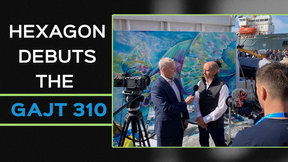
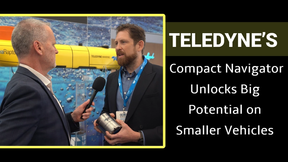
 February 2025
February 2025





